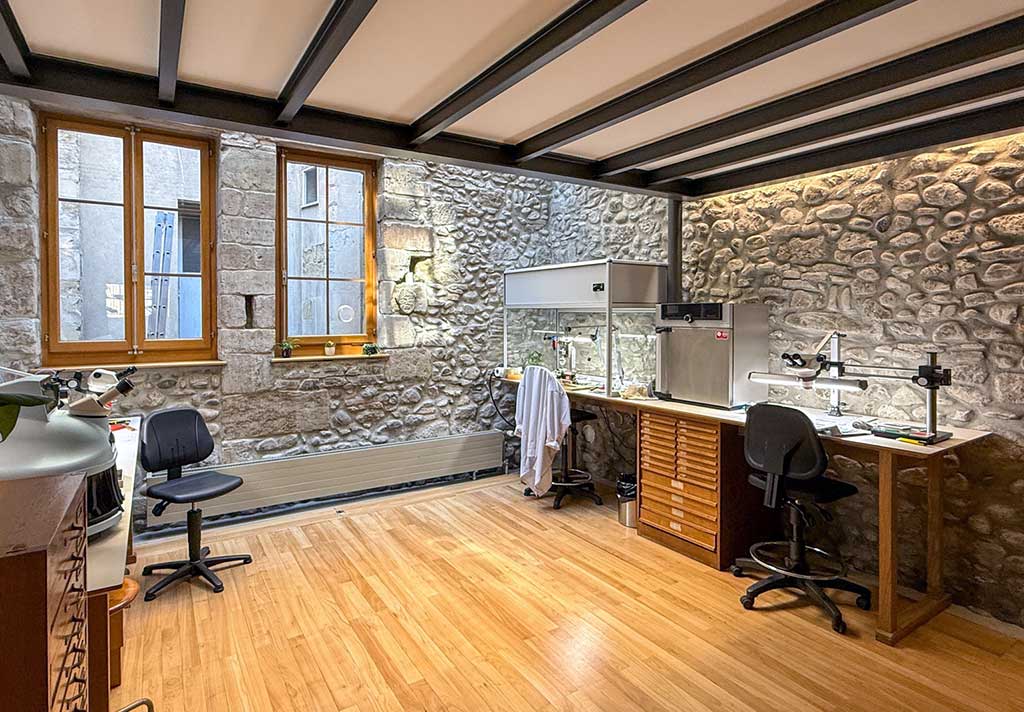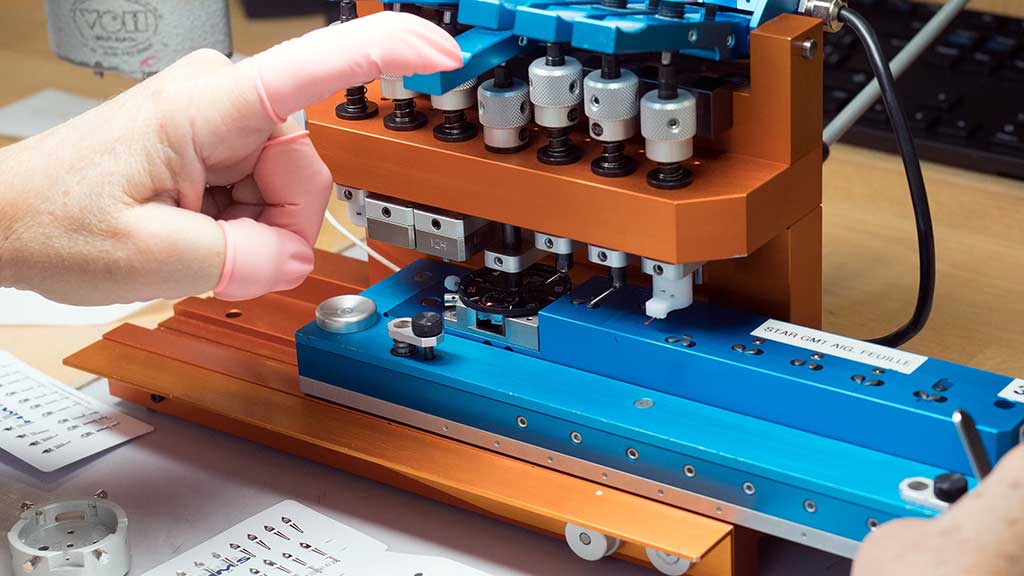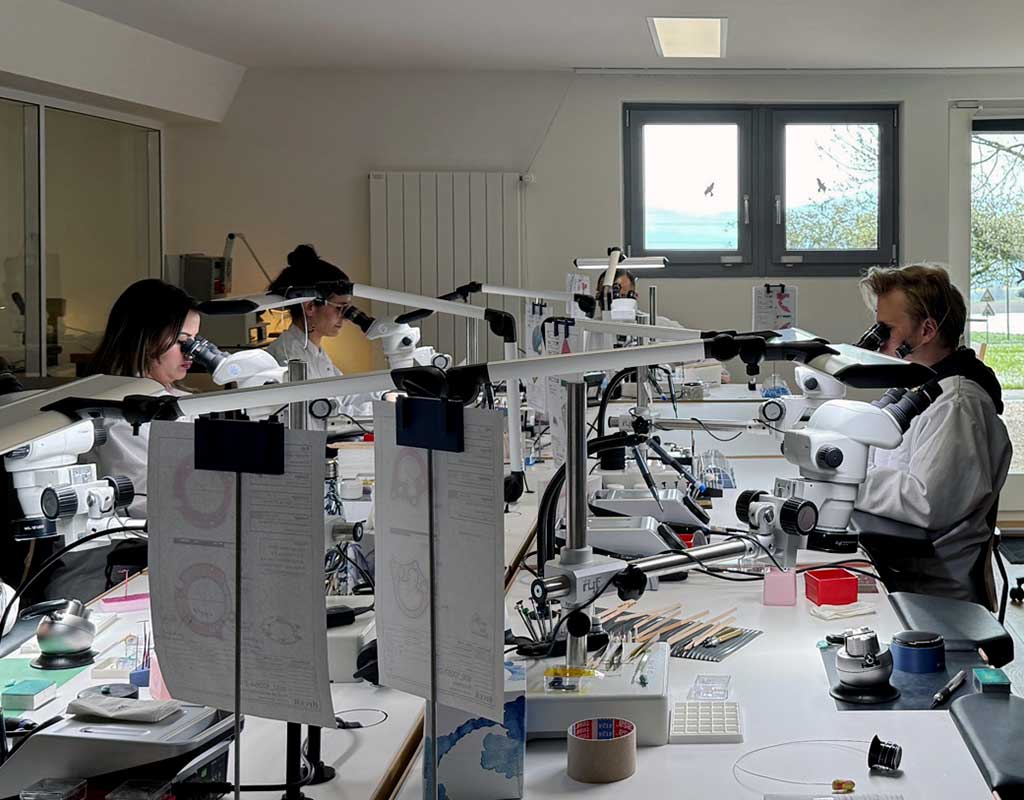Emotional Weight Far Beyond Their Function
Isra Arif, the first, female Pakistani watchmaker to graduate with Watchmaker’s of Switzerland Training and Education Program accreditation:
When we wear a watch passed down from our parents or grandparents, it holds a story, a connection to the past.
Digital watches offer convenience, but they lack the soul and legacy that come with a hand-crafted piece.





